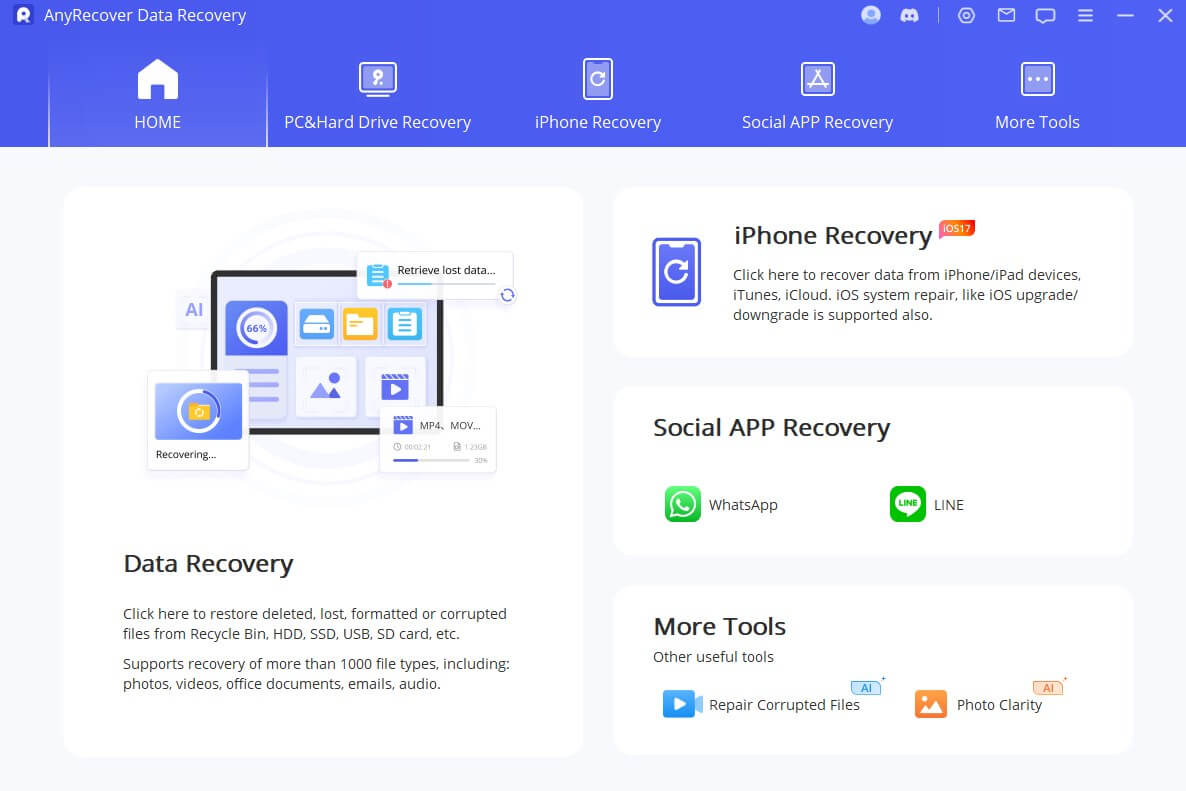As the importance of data continues to rise exponentially, the need for data protection surveys and analysis, like the Microsoft Data Security Index, is critical. Developed by Microsoft, this Index provides an in-depth look into the state of data security across various industries. It comprehensively overviews the current data security landscape, including trends, challenges, and best practices. The aim is to provide businesses with the knowledge and tools to protect their data and avoid potential threats.
This article is your guide to understanding the Microsoft Data Security Index. Here, we will explore the concept of the data security index, understand the report’s key takeaways, and provide insightful cloud data security solutions to overcome data security challenges.

What is the Microsoft Data Security Index?
The Microsoft Data Security Index is a comprehensive report providing insight into the current practices, trends, and challenges in data security. In association with the autonomous research firm Hypothesis Group, this report reveals outcomes from an international survey that engaged over 800 experts in data security. The initiative’s goal was to analyze data security issues to uncover actionable methods for businesses to strengthen their measures for data protection.
The study reveals that occurrences of data security breaches continue to be common, with organizations experiencing 59 incidents over the previous year, on average. It reveals that vulnerabilities arise from various factors like malware, ransomware attacks, and internal cyber threats. The need to protect diverse data types, which is processed and stored in various locations adds to the intricacy of upholding data security. Despite the awareness of these issues, implementing effective solutions remains fragmented across many organizations.
Interestingly, the Data Security Index also highlights a paradox in the cybersecurity landscape. It showed that organizations using over 16 data security tools experience 2.8 times the number of cybersecurity incidents compared to those who use less tools. This insight suggests that a scattered approach to solutions could potentially undermine an institution’s capacity to safeguard its data effectively. The report is an important resource for security decision-makers, emphasizing the need for integrated and comprehensive data security platforms.
Key Takeaways from the Report
The Microsoft Data Security Index Report is a treasure trove of data security insights. It offers an overview of the current state of data security, highlighting key trends and challenges. Here are some of the key takeaways from the report:
- Information security incidents are frequent: 74% of organizations surveyed experienced at least one data security incident in the previous year. Over the previous 12 months, there were roughly 59 incidents on average.
- Data security is critical: 89% of security decision-makers consider their data security posture vital to their overall success in protecting their data.
- Vulnerabilities are diverse: The intricate nature of threats linked to data, ranging from malware and ransomware assaults to harmful insider events, play a role in the regular occurrence of data security breaches.
- Fragmented solutions can weaken security: Companies using many different security tools often face more incidents than those using fewer tools.
- High number of alerts: Organizations using more tools receive more alerts but only a limited proportion of these can be evaluated. This can lead to lost insights and longer investigation times.
- Need for integrated solutions: The majority of decision-makers concur that an all-encompassing information security platform with cohesive solutions is far superior compared to several independent and unconnected solutions.
- Complexity of safeguarding different types of data: Intellectual property, a form of business data, is more susceptible to risks than operational and personal data.
- Need for better collaboration: Overcoming the challenges of a disjointed cybersecurity execution demands teamwork amongst security professionals. This requires placing the data security measures implemented by an organization above the needs of a specific department.
- Importance of a consolidated data security solution:A unified approach is important because it allows for centralized management and monitoring of security measures. This ensures that all potential vulnerabilities are addressed, reducing the risk of data breaches.
Overcoming Data Security Challenges
Achieving robust data security may have difficulties, even with the best intentions. Businesses face various hurdles, from keeping up with evolving security threats to managing the complexities of data security technologies. Thankfully, data security platforms can help overcome these challenges.
These platforms provide businesses with the tools and insights to improve their data security. They offer a comprehensive overview of a business’s data security practices, highlighting areas for improvement and providing recommendations for enhancement.
By combining the Microsoft Data Security Index with a data security platform, businesses can understand their data security practices and leverage the platform’s tools and recommendations to enhance their overall security measures. This integrated approach empowers businesses to proactively address security threats and effectively manage the complexities of data security technologies.
Other advantages of using a data security platform include:
- Streamlined data security management: A streamlined data security platform provides a unified system to manage all data security aspects, from access control to compliance, thus enhancing operational efficiency.
- Proactive threat detection: The platform’s ability to integrate data from various sources provides businesses with real-time threat detection and response capabilities, allowing for proactive security measures.
- Cost-effectiveness: By providing an all-in-one solution for data security, these platforms can reduce the costs associated with managing multiple standalone security tools.
- Regulatory compliance: Data security platforms assist businesses in adhering to various data protection regulations, reducing the risk of non-compliance penalties.
- Enhanced decision-making: Modern data platforms enable businesses to make data-driven decisions, fostering strategic growth and competitive advantage.
While the Microsoft Data Security Index can help you streamline your cybersecurity initiatives, it is not without its challenges. For instance, some businesses may find the Index complex and difficult to understand. Others may struggle to implement the recommendations provided by the Index.
However, these challenges can be overcome with the right approach. Businesses can consider seeking external help, such as hiring a data security consultant to help them understand and implement the Index. Additionally, companies can also invest in cybersecurity risk training for their staff to raise data security awareness and practices.
In conclusion, the Microsoft Data Security Index is a valuable report for businesses looking to improve their data security. With its comprehensive insights and actionable recommendations, the Index can help companies navigate the complexities of data security and protect their most valuable resource – their data.






